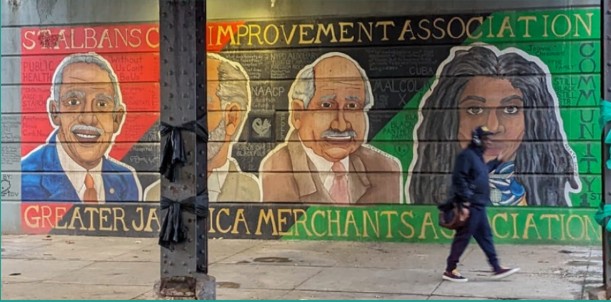By Alexander Dworkowitz
In a tribute to the city’s firefighters, the FDNY logo has appeared on thousands of baseball caps and T-shirts since Sept. 11.
Yet the same logo could disappear from 75 ambulance tours in the city.
Worried at this prospect, the City Council last week came up with a proposal to prevent the tours from being cut from the Fire Department’s budget.
Asked by Mayor Michael Bloomberg to make the cuts, the Fire Department proposed eliminating 75 overtime ambulance tours and allowing private and volunteer ambulances to pick up the slack.
But politicians and EMT union leaders expressed worries that the cutback would hurt the quality of ambulance services in the city.
As an alternative, the Council proposed contracting out the Fire Department’s bookkeeping to a private company, hoping to save millions of dollars of revenue uncollected from insurance companies and allowing the tours to remain under FDNY control.
When an ambulance goes on a run, the company can send out its bill to insurance companies to pay for its fees.
But the Fire Department often does not do so, several city council members have contended.
Jake Lynn, a spokesman for the City Council, suggested that the Fire Department was understaffed and had problems keeping up with the bills.
Unlike many other cities, FDNY rules mandate the department go out on all emergency calls even when the dispatcher believes that an ambulance is not needed. In such situations, the department cannot collect from insurance companies, which costs the city money, a city source said.
The council members, which included Councilman Tony Avella (D-Bayside), said the city collects only 27 percent of all ambulance billings while most municipalities get reimbursed for 70 percent.
The council estimated that the collection rate reduced the possible return from insurance companies from $162 million to $26 million.
“Losing out on $130 million a year in these difficult fiscal times is absolutely unacceptable,” said Council Speaker Gifford Miller (D-Manhattan). “If the city cannot greatly improve these numbers, we should contract it out.”
Avella also criticized the accounting practices.
“Many invoices go uncollected simply because bills are being sent to the wrong address,” he said.
The council members pointed to a recent report by former city Comptroller Alan Hevesi. The June 2001 study found that private ambulances were nearly twice as likely to bring patients with life-threatening conditions to private hospitals as opposed to city hospitals.
Comptroller William Thompson has taken up the cause, sending a copy of the report to Fire Commissioner Nicholas Scoppetta.
“The biggest problem described in the report is that ambulances operated by voluntary hospitals often steer patients to their own hospitals and away from competing public and private hospitals, particularly when patients have medical insurance,” Thompson wrote in his March letter.
David Billig, a spokesman for the Fire Department, addressed the findings of the report.
“Our ambulances and the voluntary ambulances are required to have the same level of service,” he said. “The voluntary hospitals have always played an integral role in their delivery of pre-hospital emergency care, and they will continue to play a role.”
Billig said he could not comment on the Council’s proposal until he had seen it in writing.
He added that the cuts were a reality facing the department.
“We are in a budget crisis,” he said. “This is not a plan to privatize.”
Reach reporter Alexander Dworkowitz by e-mail at Timesledger@aol.com or call 229-0300 Ext. 141.






























